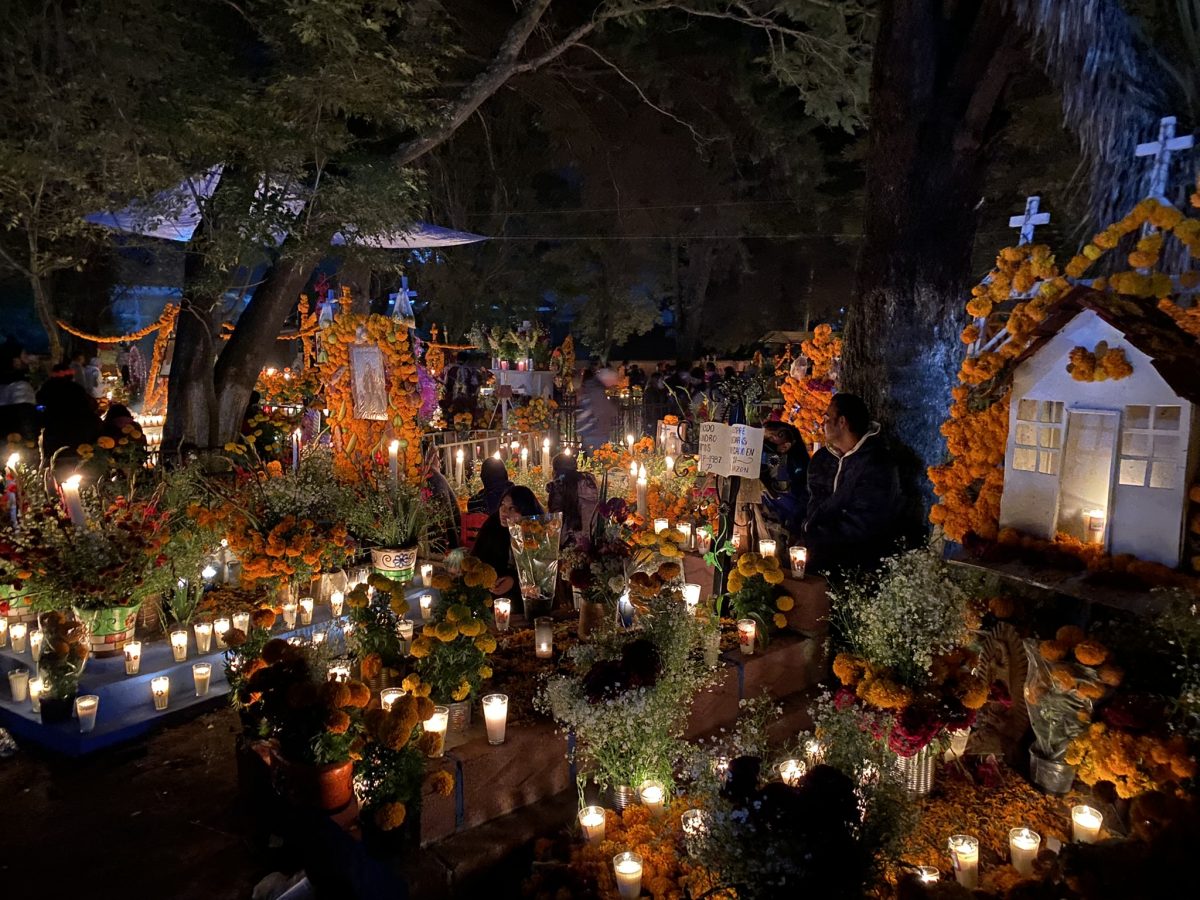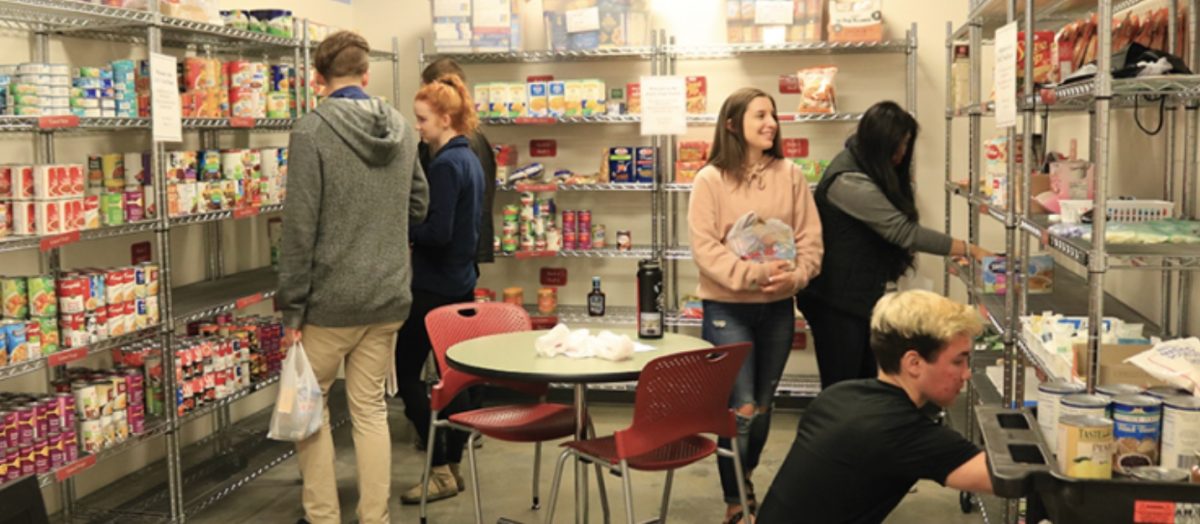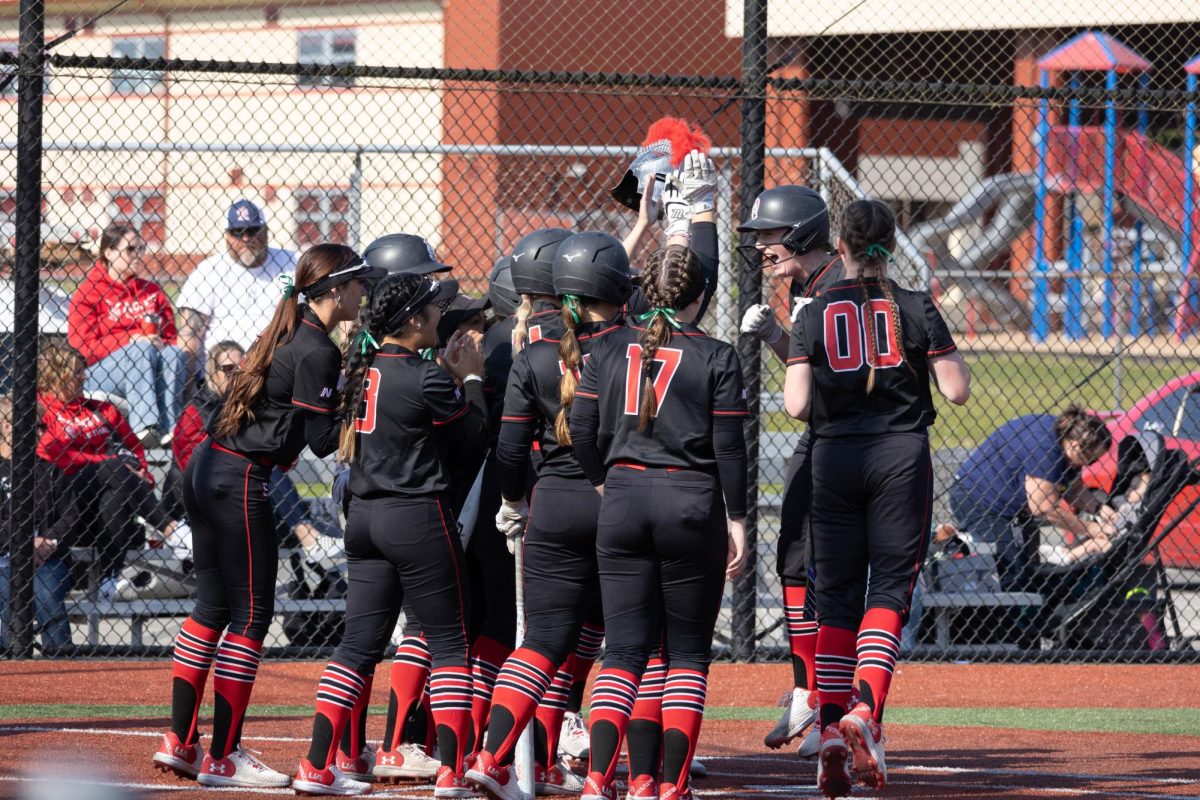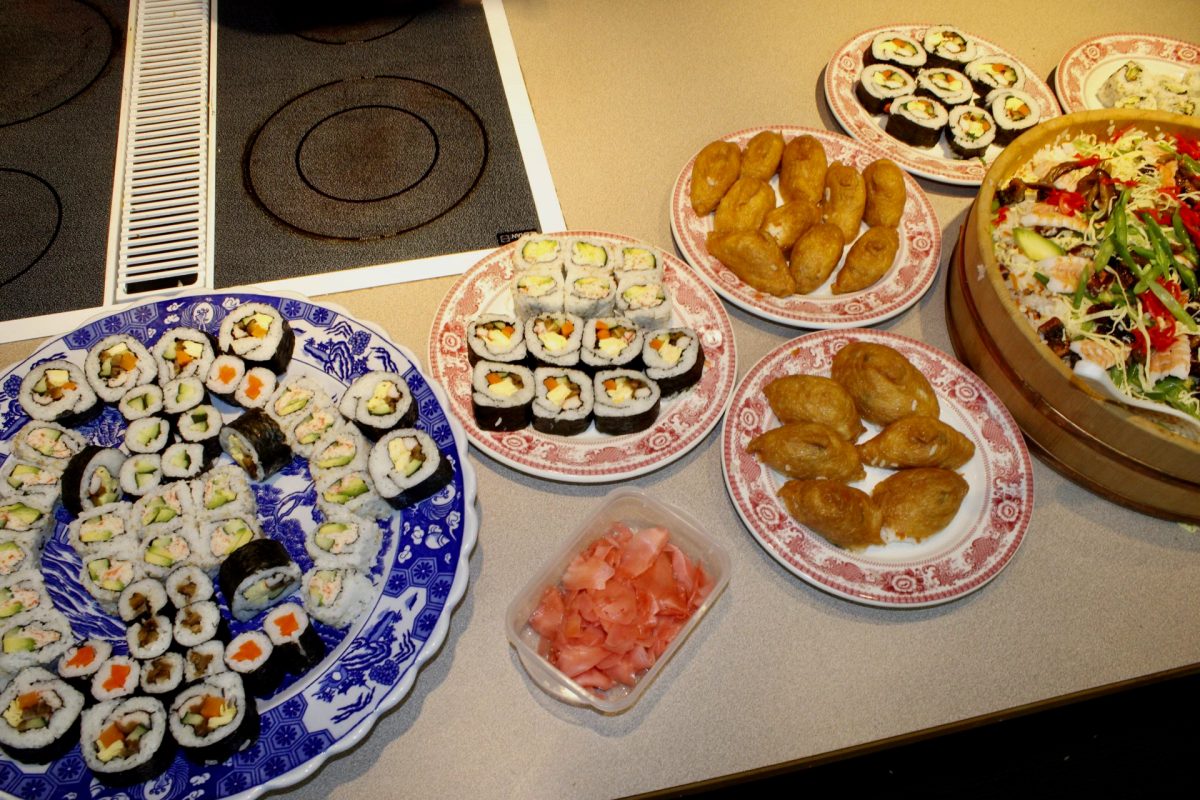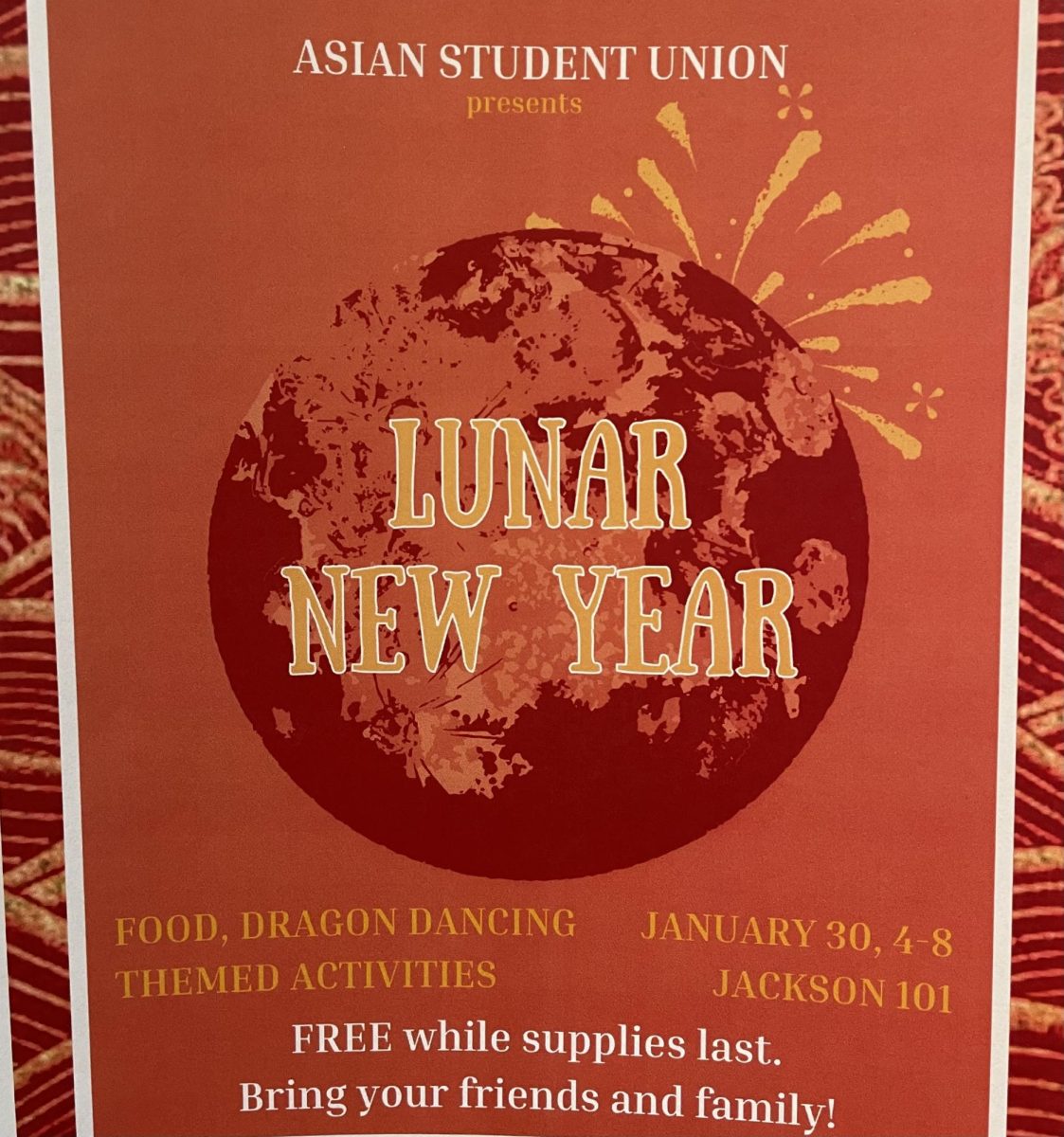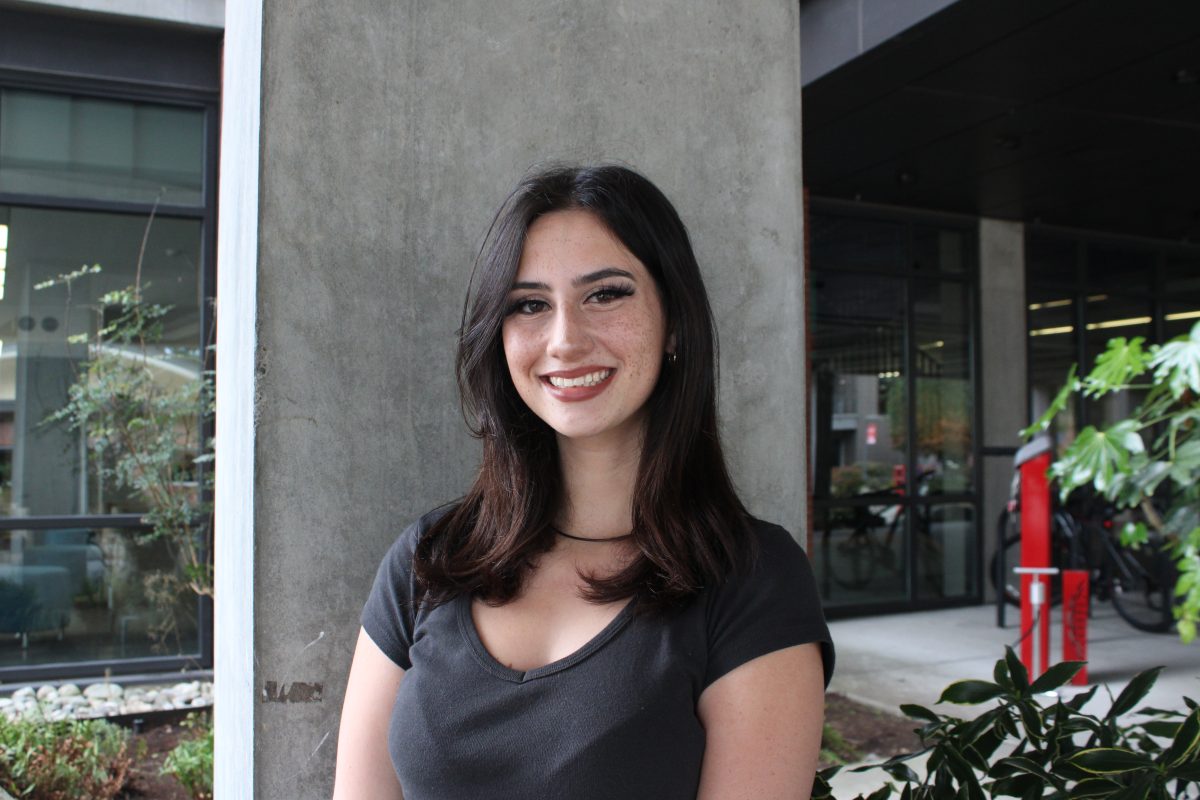As the crisp air of fall sets in and Halloween decorations line the streets, there’s another celebration that emerges, rich in history and meaning but often misunderstood.
The Day of the Dead, or Día de los Muertos, is not a Mexican version of Halloween, but a centuries-old tradition that honors the memories of loved ones who have passed away. Vibrant and full of life, this holiday carries deep cultural roots, blending indigenous practices with Catholic influences. But what is this colorful celebration really about?
For those on campus who don’t know much about it, now is the time to discover the beauty and significance behind the Day of the Dead and hopefully add it to future fall traditions.
Day of the Dead isn’t just some recent holiday, it goes back hundreds of years. In 1325, during the time of the Aztec empire, most of the holiday’s spiritual rituals and beliefs from the Natives (Mexicas) surrounded the significance of death not as something sorrowful, but as a celebration and a time of honoring the Lady of the Dead and Queen of Mictlān (Aztec underworld), Mictēcacihuātl.
Fast forward to 1519, Spanish conquistadors arrived to the land, bringing in Roman Catholicism. Fascinated by the passion the Mexicas had for death, the Spaniards fused Catholicism with their traditions, with festivals in which families come together and decorate gravestones by bringing food and flowers for those in the afterlife coming back to see us.
Day of the Dead is celebrated on two days: Nov. 1, which is dedicated to the lives of deceased children and infants, and Nov. 2, which is for anyone in your life who has passed away. A common misconception is that some people feel they cannot partake in this holiday because it is a tradition from Mexico. In fact, honoring ancestors and friends is something that anyone can partake in for Day of the Dead.

Here’s how you can celebrate. Set up an ofrenda (altar) using tables, shelves or anything that can be used to display items. Put up photos of deceased family members, friends and yes, even pets! Around the ofrenda and beside the photos, place foods and snacks. Foods most commonly used for ofrendas are fruits, glasses of water and Mexican sweet bread. Bonus points if you put some of their favorite beverages or snacks from when they were here. And finally, place some candles around the ofrenda along with flowers, especially marigolds.
At EvCC, the Latinx Student Union (LSU) shares their thoughts and passions about Day of the Dead and what it means to them:
“Día de Los Muertos is a special holiday celebrated Nov. 1 and 2 in which we commemorate our loved ones who have passed. It means a lot that we get to share our culture, tradition with all of EvCC and we hope to spread the word on what Día de Los Muertos actually is,” said LSU President Jesus Palma Guillen.
“The day of the dead to me is a day to celebrate my loved ones that are not here with me today and to hear stories about all the wonderful things about them,” Abril Gonzalez said. “It means a lot to me that EvCC is celebrating it and recognizing it because it makes me feel appreciated and happy that other people that didn’t grow up having this tradition, celebration like we did are joining us to honor our loved ones.”
“It’s a good feeling being able to celebrate a holiday as special as el Día de los Muertos with the students and staff at EvCC. Having a welcoming and open space on campus to share our tradition of honoring our past loved ones is a beautiful thing. And it’s great that others are willing to participate and put objects and pictures of their past family, friends and pets on our shared ofrenda,” Adriana Aequihua said.
A shared ofrenda? That’s right – on campus you can join in and celebrate your loved ones from Oct. 31 to Nov. 1 from 1 to 4 p.m. Anyone interested can bring their own photo of someone important who has passed on and place it on an altar in the Trojan annex in PSU. Additionally, food, fun and activities will be available.
Over the past decade, this holiday has skyrocketed its way into pop culture, particularly since the release of Pixar’s Coco in 2017. With a budget of $175 million, the film grossed around $814 millon worldwide.
Día de los Muertos transcends cultural boundaries. Everyone is invited to celebrate and remember their loved ones who have passed on. By embracing the tradition of creating ofrendas, sharing stories and participating in communal festivities, we not only honor the dead but also enrich our own lives with a deeper understanding of heritage and the universal human experience of loss and remembrance.
Whether you have deep roots in this tradition or are just discovering its beauty, Día de los Muertos offers a timeless reminder of the enduring bonds that connect us all.

